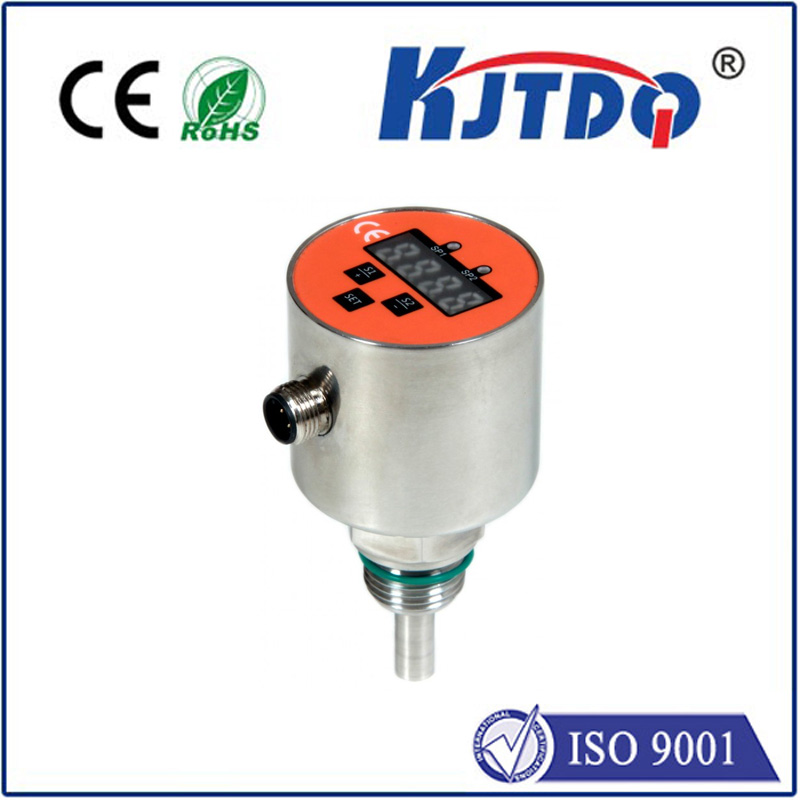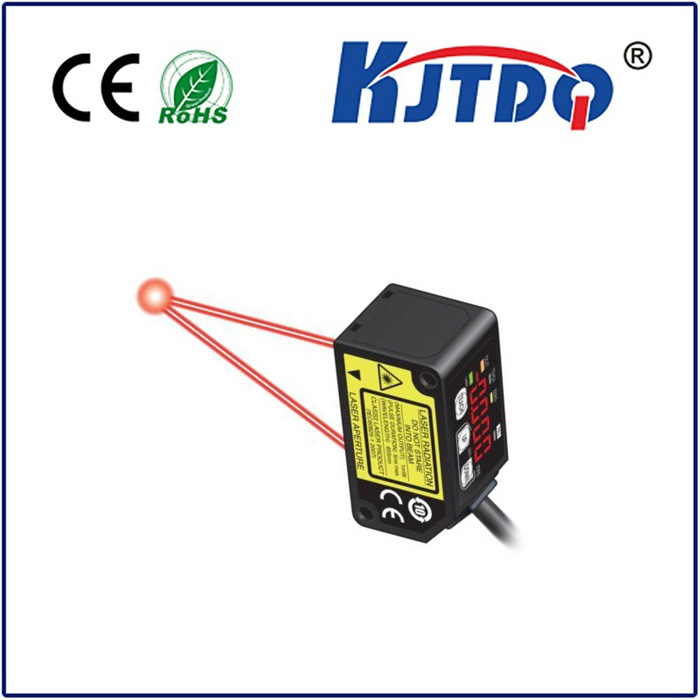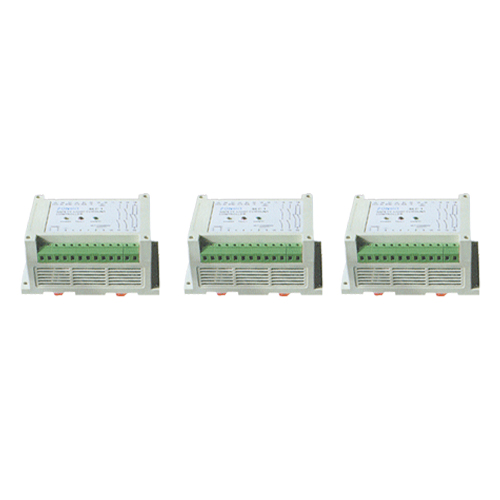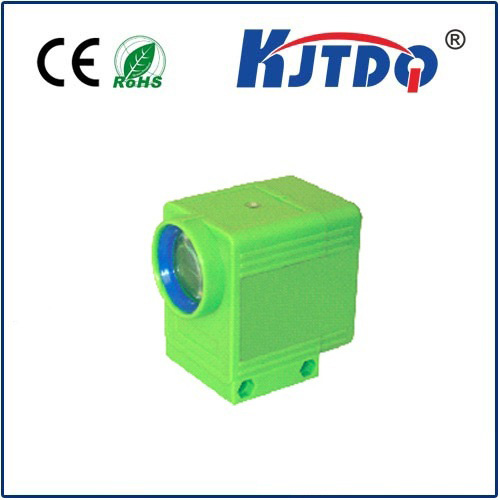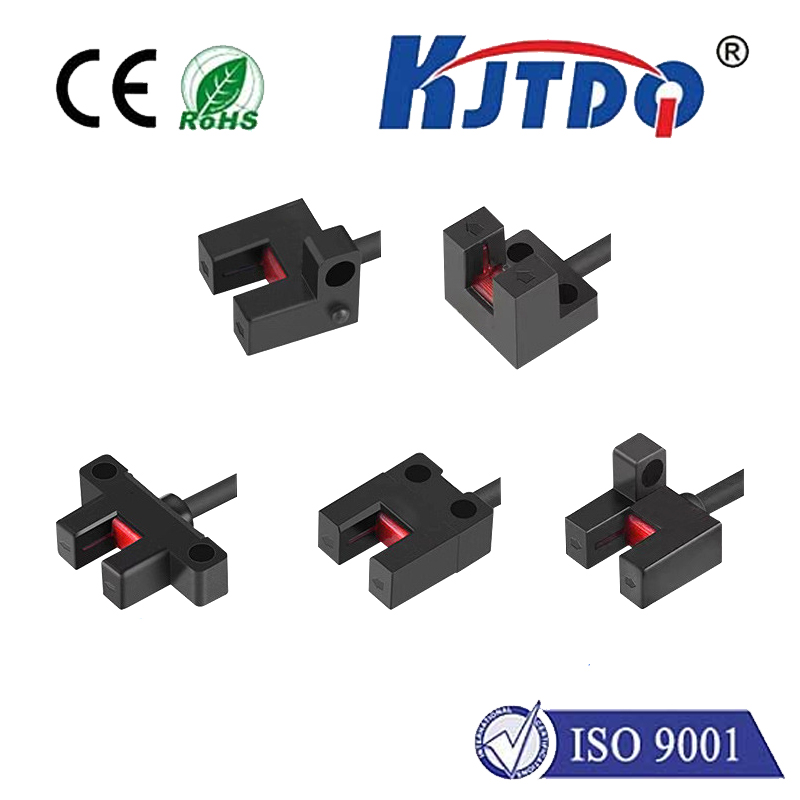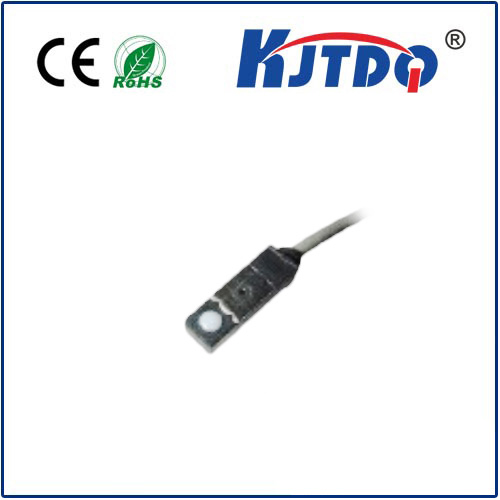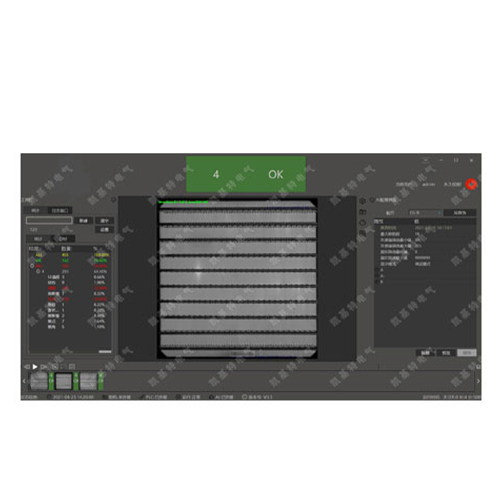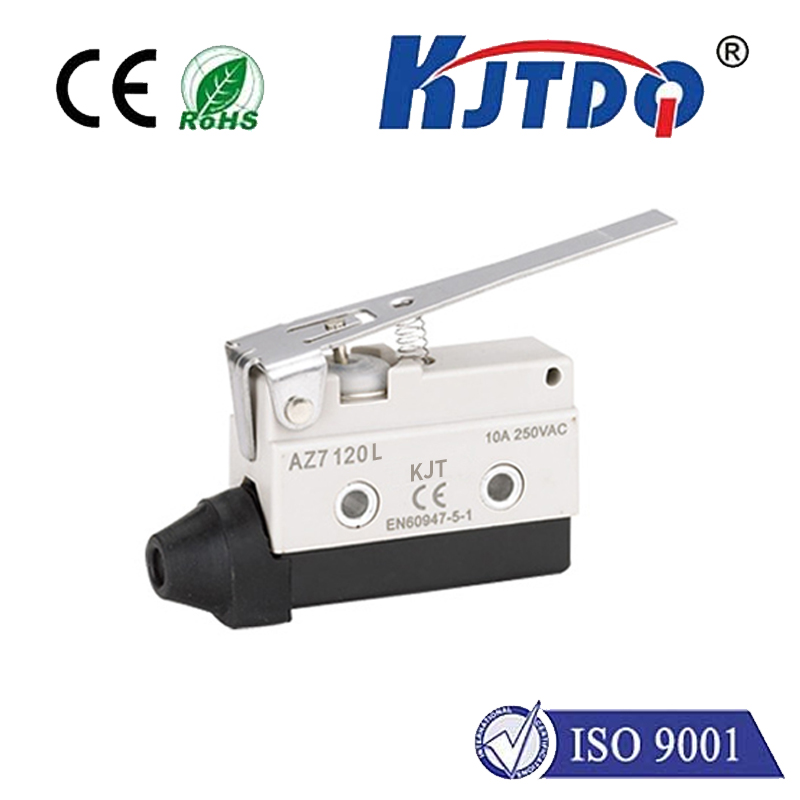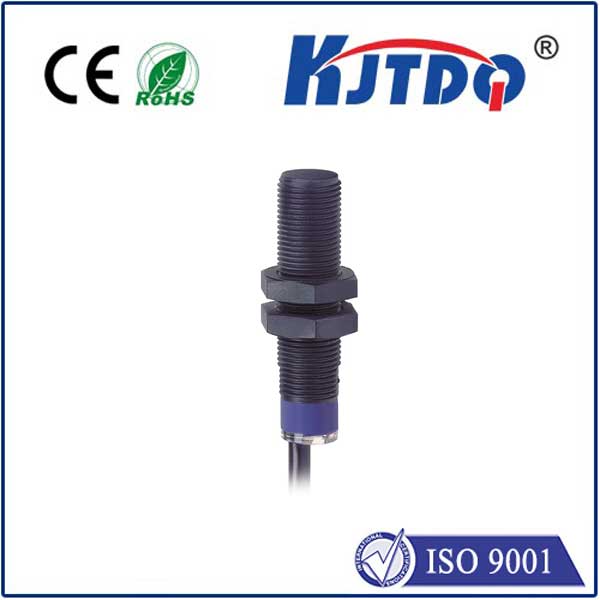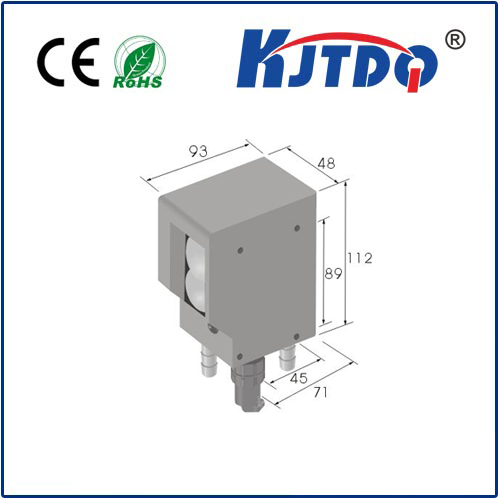

check

check

check

check
In today’s rapidly evolving industrial landscape, efficiency isn’t just a goal—it’s a necessity. Imagine a factory floor humming with activity, where machines operate flawlessly without human intervention, thanks to tiny, unassuming devices that detect objects with pinpoint accuracy. Enter the BES05NK proximity sensor, a cornerstone of modern automation. This compact marvel isn’t just another component; it’s a silent hero that reduces errors, boosts productivity, and slashes costs. But what makes it stand out in a crowded market? Let’s explore how the BES05NK proximity sensor transforms operations across industries, from automotive assembly lines to smart manufacturing setups, and why it’s becoming an indispensable tool for engineers worldwide.
At its core, a proximity sensor is an electronic device that detects the presence or absence of nearby objects without physical contact. Think of it as a digital eye that senses when something approaches, triggering actions like starting a conveyor belt or stopping a robot arm. The BES05NK proximity sensor elevates this concept with advanced technology. Designed for reliability, it uses an inductive sensing principle, which generates an electromagnetic field to detect metallic targets. This means it works flawlessly in environments filled with dust, moisture, or vibrations—common challenges in factories. Typical operating ranges for such sensors span a few millimeters to several centimeters, but the BES05NK stands out with its optimized detection distance of up to 5mm, ensuring consistent performance even in tight spaces. Its robust construction, featuring a durable stainless-steel housing, allows it to withstand impacts and extreme temperatures, making it ideal for heavy-duty applications.

The true brilliance of the BES05NK proximity sensor shines in its real-world applications. Take the automotive industry, for instance. Here, assembly lines demand split-second precision to avoid costly delays. By integrating the BES05NK, manufacturers achieve seamless part handling—sensors detect components like bolts or panels as they move down the line, ensuring correct placement before welding or painting occurs. This not only minimizes waste but also extends equipment life by preventing collisions. In packaging machinery, the sensor’s high switching frequency enables rapid detection of items on conveyors, allowing systems to adjust speeds dynamically for optimal throughput. Food and beverage sectors benefit too; its IP67-rated enclosure means it can handle washdown environments without corrosion, safeguarding hygiene protocols. Beyond traditional manufacturing, the rise of collaborative robots (cobots) has amplified its role. Cobots equipped with BES05NK sensors navigate shared spaces safely, pausing when humans approach—a leap forward in workplace safety and flexibility. This versatility underscores why industries are rapidly adopting it; it’s not just about automation but about building smarter, more responsive operations.
What sets the BES05NK apart from generic proximity sensors is its blend of innovation and user-friendly features. For starters, its compact M12 design allows easy mounting in confined areas, reducing installation time and costs. Engineers appreciate the plug-and-play functionality, which simplifies integration with PLCs (Programmable Logic Controllers) and other control systems. This eliminates the need for complex wiring, cutting setup efforts by up to 30% in many cases. Performance-wise, the sensor excels with low energy consumption and high immunity to electromagnetic interference—a critical factor in high-voltage settings. Additionally, its LED status indicators provide instant diagnostics, alerting operators to issues like misalignment or wear before they escalate into downtime. These features collectively deliver a cost-effective solution, as fewer maintenance cycles and longer service lives translate to significant savings. For instance, studies in logistics hubs show that replacing older sensors with the BES05NK can reduce unexpected stoppages by 40%, boosting overall efficiency. Such benefits make it a wise investment for businesses aiming to future-proof their operations in an era of digital transformation.
In essence, the BES05NK proximity sensor represents a microcosm of industrial advancement. Its ability to enhance precision and reliability has ripple effects beyond the shop floor, supporting trends like the Internet of Things (IoT) and Industry 4.0. As factories grow smarter, this sensor acts as a data hub, feeding real-time information to analytics systems for predictive maintenance. The next frontier might involve AI-driven adaptations, but for now, the BES05NK remains a trusted ally in driving progress. Embracing such technology isn’t just about staying competitive; it’s about redefining what’s possible in automation.
